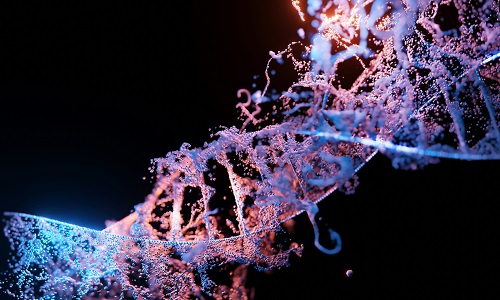A promising medical discovery from Japan may help people born with genetic hearing problems. Scientists have found a way to fix a faulty gene linked to a common type of inherited hearing loss. This method uses a precise genetic tool to repair the DNA and restore normal function in the ear.
By Juntendo University Research Promotion Center
Changes in a gene called GJB2 cause many cases of hearing loss from birth. This gene creates a protein called Connexin 26, which helps form tiny bridges between inner ear cells. These bridges, called gap junctions, allow important signals and substances to move between cells. The ear cannot process sound properly when these connections are broken or missing.
In some people, the GJB2 gene carries a specific change called a dominant-negative mutation. This means the faulty version of the gene blocks the healthy one from working as it should. Regular gene replacement treatments don’t work well in these cases, so researchers needed a more advanced approach.
Dr. Kazusaku Kamiya and his team at Juntendo University, along with Dr. Osamu Nureki from the University of Tokyo, developed a special gene-editing method to fix this problem. They focused on one common mutation, R75W, which interferes with normal hearing.
The team used a harmless virus called AAV (short for adeno-associated virus) to reach the cells inside the ear. This virus acts like a delivery truck, carrying the gene-editing tool into the cells. Because AAV can only take small loads, the scientists created a compact tool called a base editor. This tool makes precise changes to DNA by switching just one letter, helping avoid damage to the rest of the gene.
Once the base editor was delivered into the ear cells, it corrected the R75W mutation. The repaired cells were then able to rebuild proper gap junctions and send signals usually, which is essential for the ear to detect sound.
To confirm the treatment’s success, the scientists tested it in specially bred mice with the same genetic issue as humans. After treatment, the ear cells in these mice looked and worked like those in healthy animals.
Dr. Kamiya explained that this all-in-one delivery method may lead to safer, more affordable treatments. It also simplifies the process of developing therapies for other gene-related hearing conditions.
This research offers a possible cure for one of the most common forms of inherited hearing loss.
From Mirage News

